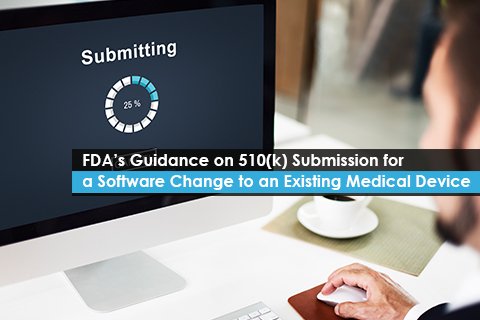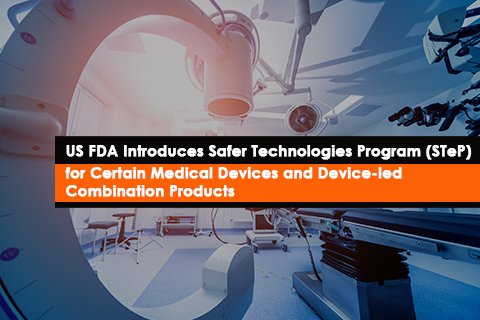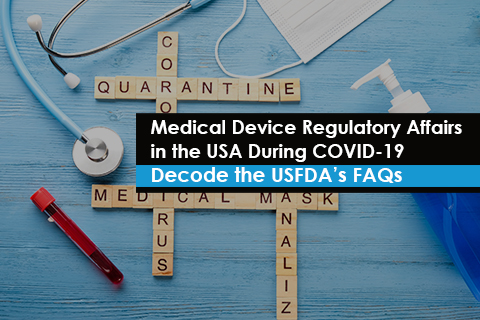US FDA Pre-market Submissions: A Comprehensive Guide

Navigating the complex landscape of the US Food and Drug Administration (FDA) pre-market submissions can be a daunting task for medical device manufacturers. Understanding the different types of submissions, their specific requirements, and the submission process is crucial for a successful market entry.





